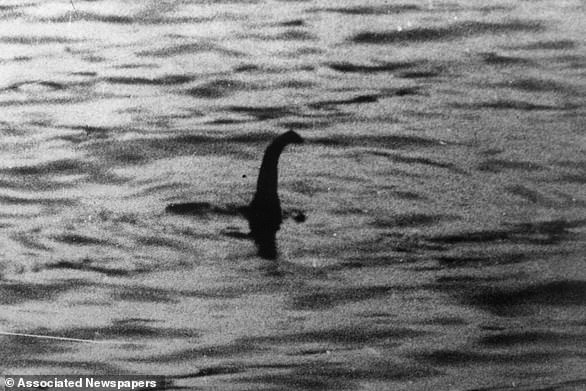
Loch Ness Monster’s Best Evidence Yet: Dark Mass Near Surface Stuns Eyewitness
The Mystery of Loch Ness: Separating Myth from Reality
[Image: The iconic 1934 "Surgeon’s Photograph" later revealed as a hoax.]
For centuries, Loch Ness has been shrouded in mystery due to claims of a lurking creature dubbed "Nessie." Despite numerous sightings, concrete evidence remains elusive.
Key Sightings Through History
The modern legend began on May 2, 1933, when the Inverness Courier reported a local couple spotting an "enormous animal" thrashing in the water. This sparked global fascination, leading to the infamous 1934 photograph by Robert Kenneth Wilson, showing a serpent-like neck and head. Decades later, the image was exposed as a hoax by participant Chris Spurling, who confessed to using a toy submarine and clay model.
Other notable accounts include Hugh Gray’s blurred 1933 photo (published in the Daily Express) and James Gray’s 2001 snapshot of a large, dark hump while fishing. Even Saint Columba reportedly encountered a "water beast" in AD 565 near the River Ness.
Scientific Explanations
Experts have proposed theories to demystify Nessie:
- Misidentifications:
- Wels Catfish: Steve Feltham, a longtime Nessie researcher, suggests massive catfish—invasive species weighing over 600 lbs—could explain sightings.
- Sturgeon: These ancient fish, with ridged backs and shark-like tails, resemble mythical creatures when surfacing.
[Image: A sturgeon swimming, highlighting its reptilian-like ridges.]
-
Natural Phenomena:
- Water-Logged Logs: Fallen Scottish pines submerged in the loch may trap air bubbles. Over time, these logs rise abruptly, mimicking a creature breaching the surface.
- Extinct Reptiles:
- Plesiosaurs: Some speculate Nessie is a surviving plesiosaur. However, these marine reptiles went extinct 66 million years ago and couldn’t survive in Loch Ness’s cold, nutrient-poor waters.
The Nessie Phenomenon Today
Over 1,000 sightings are cataloged in an online register by Gary Campbell, founder of the Official Loch Ness Monster Fan Club. While most are debunked as boats, wildlife, or waves, the allure persists.
[Image: Illustration of a plesiosaur, comparing its shape to common Nessie descriptions.]
Why the Legend Endures
Nessie’s legacy thrives on cultural fascination and the human tendency to seek mystery. As technology advances—like DNA sampling of Loch Ness waters in 2019, which found no unknown species—the myth transforms, yet the hunt continues.
Whether a case of mistaken identity or a testament to folklore, Loch Ness reminds us that some mysteries are best left unsolved.
Explore sightings at www.lochnesssightings.com.
Word count: ~600


